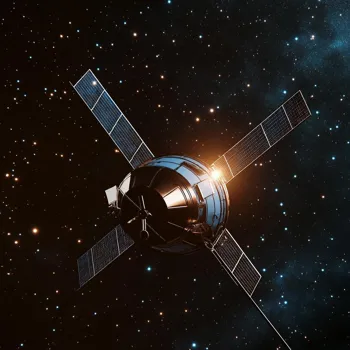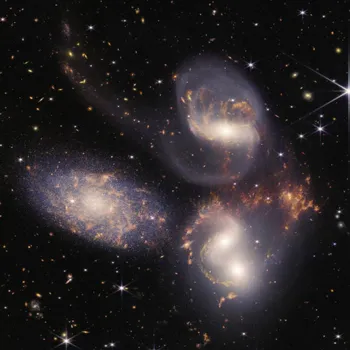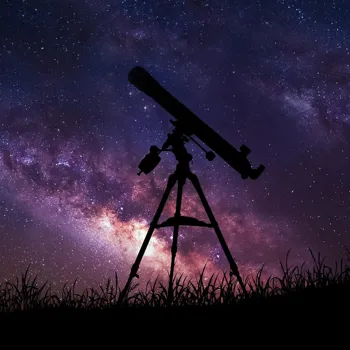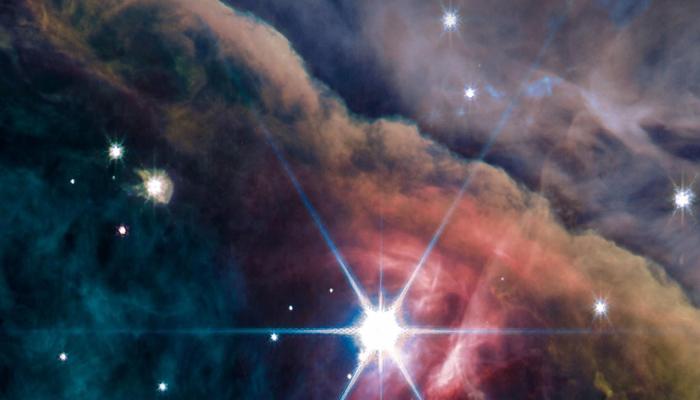Telescopes: Gateway to the Universe's Secrets. Unveil cosmic wonders through these cosmic eyes. Explore more!
In the ever-evolving world of astronomy, telescopes serve as our primary windows to the universe,
enabling groundbreaking discoveries that reshape our understanding of the cosmos.
From the humble refracting telescopes of Galileo's time to the sophisticated, space-based observatories of today, these instruments have revolutionized our ability to observe and analyze celestial objects, pushing the boundaries of scientific knowledge.
Telescopes have come a long way with many sophisticated versions being made. They are now the backbone of research. Let's explore how telescopes play a vital role in modern astronomy and celebrate some remarkable discoveries made possible by them.
Telescopes collect light, optical for visible, radio for waves, revealing cosmos
Telescopes, at their core, collect electromagnetic radiation (light) from distant objects and focus it to create magnified images for observation and analysis. There are mainly two types: optical, which use lenses or mirrors to collect visible light, and radio telescopes, which detect radio waves.

Optical telescopes, like the venerable Hubble Space Telescope, give mesmerizing images of galaxies, nebulas, and planets. These structures are very beautiful and were not known before the telescopes were made.
Radio telescopes, often massive dish-shaped antennas, unlock secrets of the cosmos by detecting radio waves. These waves can go through the cosmic dust and are key in identifying the presence of cosmic microwave background radiation. The use of modern telescope has boosted study of the universe.
Development of ground-based and space telescopes revolutionizes astronomy
The development of telescopes is closely linked to technological advances. Ground-based telescopes, placed strategically on high mountains with low atmospheric interference, achieve exceptional clarity. For example, the Very Large Telescope (VLT) in Chile, an array of four 8.

2-meter telescopes, can work together as one giant interferometer, achieving extremely high resolution. However, Earth's atmosphere distorts and absorbs certain electromagnetic signals, making space-based telescopes essential for detailed observations across the full spectrum.
The Hubble Space Telescope, orbiting above the atmosphere, has captured unparalleled images of distant galaxies, stellar nurseries, and planetary systems, profoundly impacting our understanding of their formation and evolution. Each type has its own importance.
Telescopes aid in discovering exoplanets, enhancing understanding of habitability
One of the most important things which telescopes aided in, is the discovery of exoplanets – planets orbiting stars other than our Sun. Before the advent of powerful telescopes, the existence of exoplanets was purely theoretical.

The Kepler Space Telescope, launched in 2009, was specifically designed to search for exoplanets using the "transit method," which detects the slight dimming of a star's light as a planet passes in front of it.
Kepler identified thousands of exoplanet candidates, revolutionizing our understanding of planetary systems. The James Webb Space Telescope (JWST), the successor to Hubble, has even greater capabilities for studying exoplanet atmospheres, searching for signs of habitability and potentially life.
They help us understand if humans can settle there.
Telescopes reveal dark matter and energy, reshaping cosmology
Telescopes have played an important role in mapping the universe and unraveling the mysteries of dark matter and dark energy, the invisible substances that make up roughly 95% of the cosmos.

By studying the distribution of galaxies and the way light bends as it passes massive objects (gravitational lensing), scientists have gathered evidence for the existence of dark matter, which holds galaxies together.
Telescopes are also used to measure the expansion rate of the universe, revealing the presence of dark energy, a mysterious force accelerating the universe's expansion.
These observations challenge our standard models of cosmology and drive research into the underlying physics which guides the evolution of the universe. The study of these features is very important.
Future of astronomy linked to next-gen telescopes like ELT and SKA, enabling detailed universe study
The future of astronomy is closely tied to the development of next-generation telescopes. The Extremely Large Telescope (ELT), currently under construction in Chile, will have a 39-meter primary mirror, making it the world's largest optical telescope.

This tremendous light-gathering power will allow astronomers to study distant galaxies in detail, search for faint signatures of exoplanets, and probe the early universe.
The Square Kilometre Array (SKA), an international effort to build the world's largest radio telescope, will consist of thousands of antennas spread across Australia and South Africa.
This will help give a grand image of the universe at radio wavelengths, revealing the processes which helped in formation of black holes. The continuous advances in telescope technology will make big way to understand the universe.










